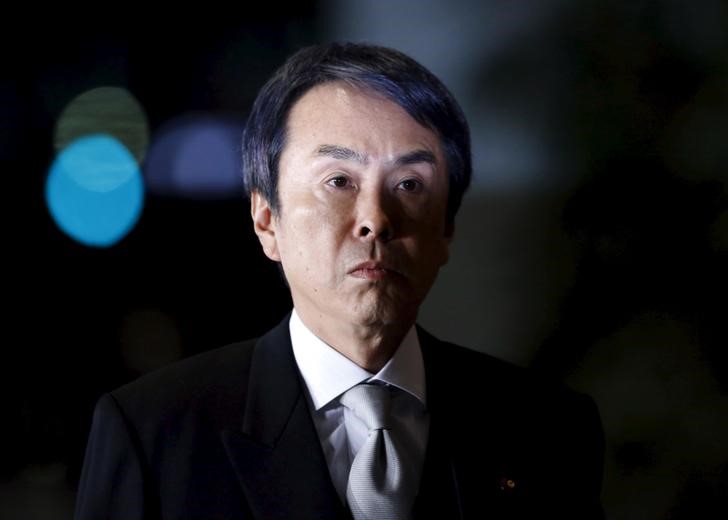By Tetsushi Kajimoto
TOKYO (Reuters) - Japanese Prime Minister Shinzo Abe on Tuesday told his economy minister to compile an economic stimulus package by the end of this month to revive a flagging economy in the face of sluggish private consumption and investment.
On Monday, after a landslide victory in Upper House elections and as evidence mounted the corporate sector is floundering due to weak demand, Abe ordered a new round of fiscal stimulus spending.
Economy Minister Nobuteru Ishihara said on Tuesday the government will submit a supplementary budget to fund the stimulus to an extraordinary parliament session in the autumn.
Ishihara did not mention how much the government plans to spend, only saying he will start deliberations on the package's size.
The minister said the government may issue construction bonds, which are earmarked for public works projects, but he and Abe were against issuing deficit-covering bonds to help finance the stimulus.
"This package is aimed for investment for the future," Ishihara told reporters.
The government was ready to spend more than 10 trillion yen ($96.7 billion), ruling party sources told Reuters before Sunday's election.
Abe ordered the package in the way that would strengthen "21st century infrastructure" to boost agriculture exports and tourism and frontload construction of Maglev train network. The package would also include natural disaster prevention and reconstruction from earthquakes in the manufacturing hub of Kumamoto, southern Japan.
The premier urged Ishihara to ensure support for financing at small firms and companies operating overseas in case of risks such as market instability in the wake of Britain's vote to exit the European Union.
Abe also seeks to take advantage of the Bank of Japan's negative-interest-rate policy and issue bonds for public-private partnerships through fiscal investment and loan program.
"It's hard to imagine a sudden spike in interest rates in the medium to long term," Ishihara told reporters.

Abe has vowed to stick to the government aim of bringing the primary budget balance, excluding new bond sales and debt servicing, into the black in fiscal year 2020, as a step towards curbing the industrial world's heaviest public debt burden.